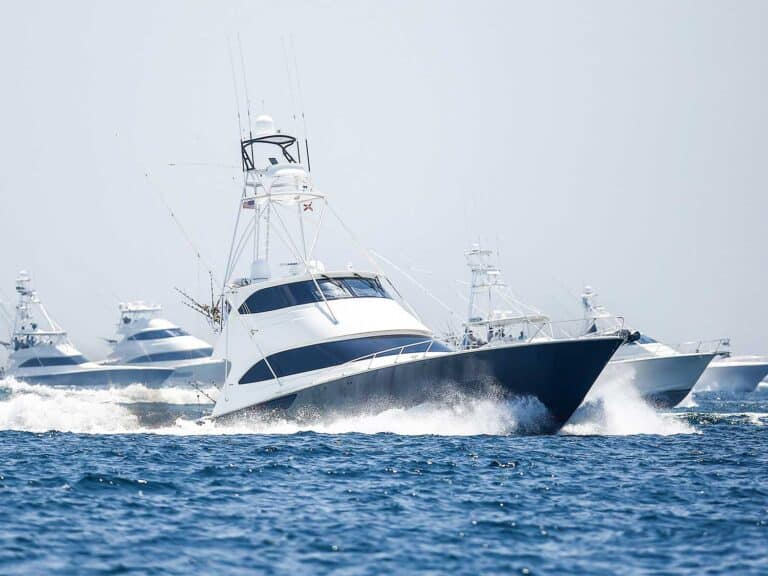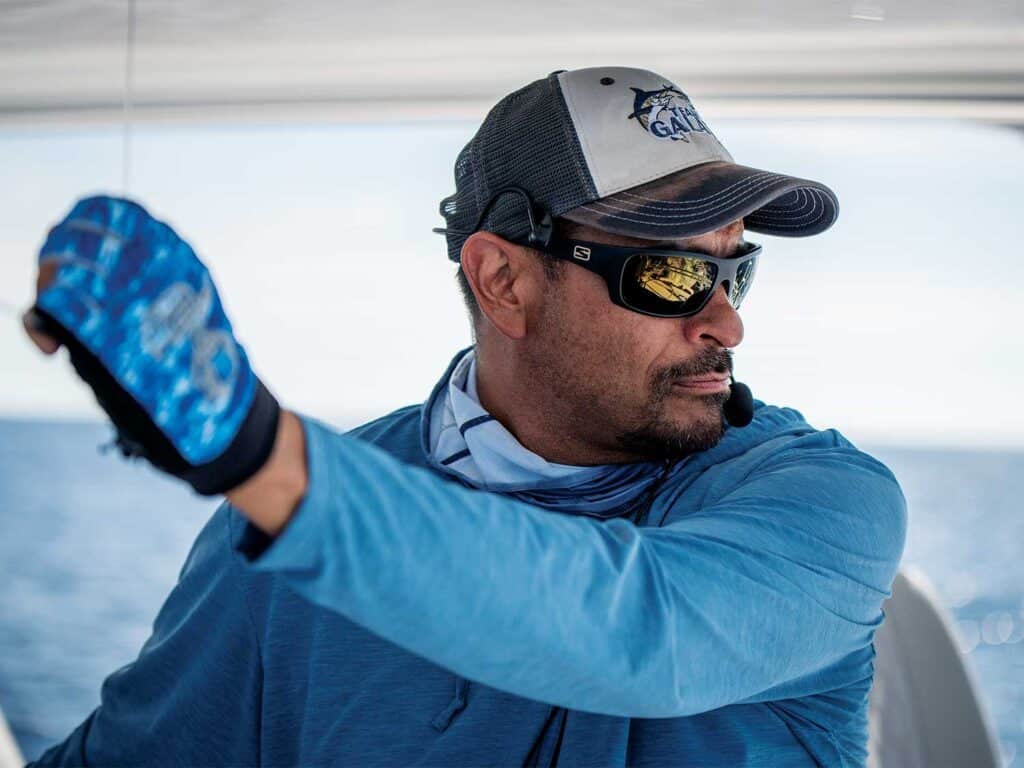
Special delivery: Sign up for the free Marlin email newsletter. Subscribe to Marlin magazine and get a year of highly collectible, keepsake editions – plus access to the digital edition and archives.
At the end of three long, hot days of tournament fishing in March, the VHF radio came to life one last time. Tournament director Ashley Bretecher’s pleasant feminine voice rang out clearly: “Lines out, lines out. This concludes Leg Three of the 2023 Los Sueños Signature Triple Crown. Congratulations to the winners. Have a safe trip back to the dock.”
And with those words, the celebration began aboard the 64-foot Viking Team Galati—with eight marlin and 25 sailfish releases, they had not only won the third and final leg, but they had achieved the overall series championship victory as well, the team’s third since 2020. At the helm, Capt. Tony Carrizosa also achieved a personal milestone as the winningest captain in the 20-year history of the prestigious and highly competitive tournament series, with an incredible nine first-place victories, four runner-up finishes, two third-places, and four overall series titles. It’s a story of not only hard-fought success, but also the rise of a world-class destination in Costa Rica and a few takeaways for anyone who’s experienced the thrill of watching a lit-up billfish bang away at a teaser in a sport-fisher’s wake.
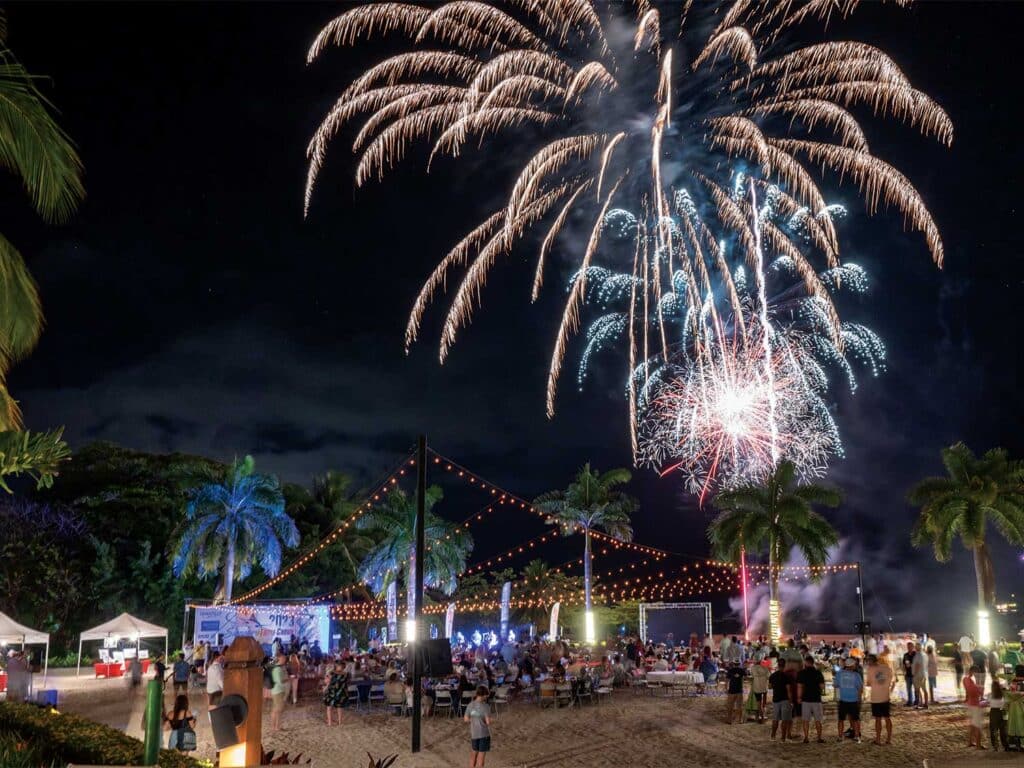
From Ponds to a Profession
Like a lot of youngsters growing up in the suburbs around Miami, Carrizosa picked up a love of fishing in the local ponds around Kendall, Florida. A few years later, he fished with his father on party boats, and then as an early teen, they began to charter their own boat, fishing with Capt. Steve Phillips on Snapshot out of Key Colony Beach, just outside Marathon in the Florida Keys. “We fished on that boat for years with our family,” he says. “Steve gave me my first job as a mate during my summer break from high school in 1993. I spent a few summers doing that before I headed off to college. After the first semester, the phone rang one day, and I was heading back to the Keys to work for Steve and on several other boats. I never did make it back to school.” Carrizosa earned his captain’s license at 19 and hit the road.
At that time in the late 1990s and early 2000s, the life of a traveling mate was adventurous and exciting, amid a backdrop of some of the sport’s top destinations—Mexico, Venezuela and the Virgin Islands. Even the distant Pacific beckoned. “I was working on Sharky’s Revenge with Scotty Alvarez in St. Thomas, and we parted ways. We were and still are great friends, but sometimes friends have a hard time working together, so I went to work on Stephanie Lee with Tommy Lynskey.” The team on the 63-foot American Custom Yacht, owned by David Trombley, was headed for an extended travel period from St. Thomas through the Panama Canal into the Pacific, working their way up from Tropic Star Lodge through Costa Rica, with Cabo San Lucas and Magdalena Bay the planned final destinations. Having a Spanish-speaking mate would be a big help along the way, so Carrizosa joined Lynskey and “Rasta Dean” Dunham. They arrived in Golfito in February 2001 and fished their way up to Los Sueños.
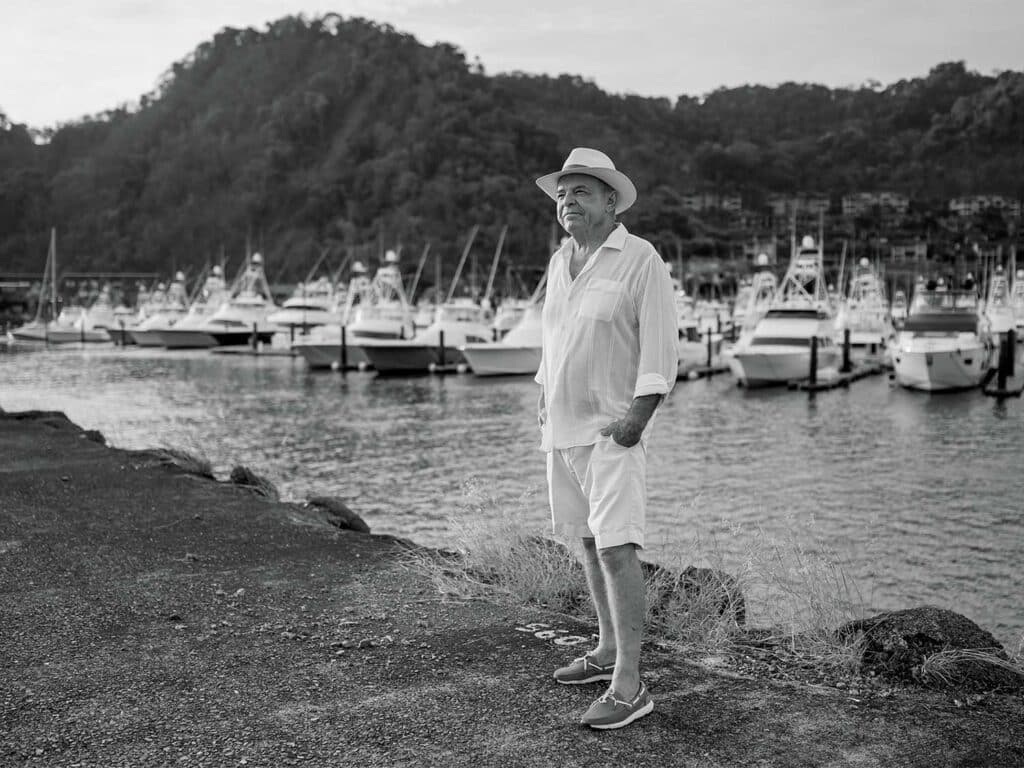
At the time, though, the resort and marina were more plans than proof. “When we first came around the breakwater, they were still pounding in the pilings,” Carrizosa says. “For the first month, we were on a dock with no power and had to run the generator the whole time. Tommy’s brother knew Mike Hardy, who was the sales guy for the resort, so Mike became our local contact. Eventually we got set up with a car and started exploring the area.”
Despite the rustic conditions, the fishing was impressive. “The first thing I noticed besides the incredible natural beauty was the calm seas,” he says. “When you’re used to getting your butt kicked in Mexico for some 25-pound sailfish and then you fish in Costa Rica, it’s flat-calm, and we’re teaser-fishing and pitch-baiting these 90- and 100-pound sails. It was awesome.”
Rise of a Mega-Resort
California developer and businessman Bill Royster happened upon the property in Herradura Bay while traveling and fishing along the coast of Central America in 1991; at the time, it was nothing more than a 1,100-acre cattle ranch. Nine years later, the marina was open for business. “When I first came to Costa Rica, there were no marinas anywhere in the entire country,” Royster says. “I knew that other fishermen would fall in love with the country, its people, and of course, the amazing fishing, and before long, we started seeing more boats from the US visiting the marina. The word was getting out.”
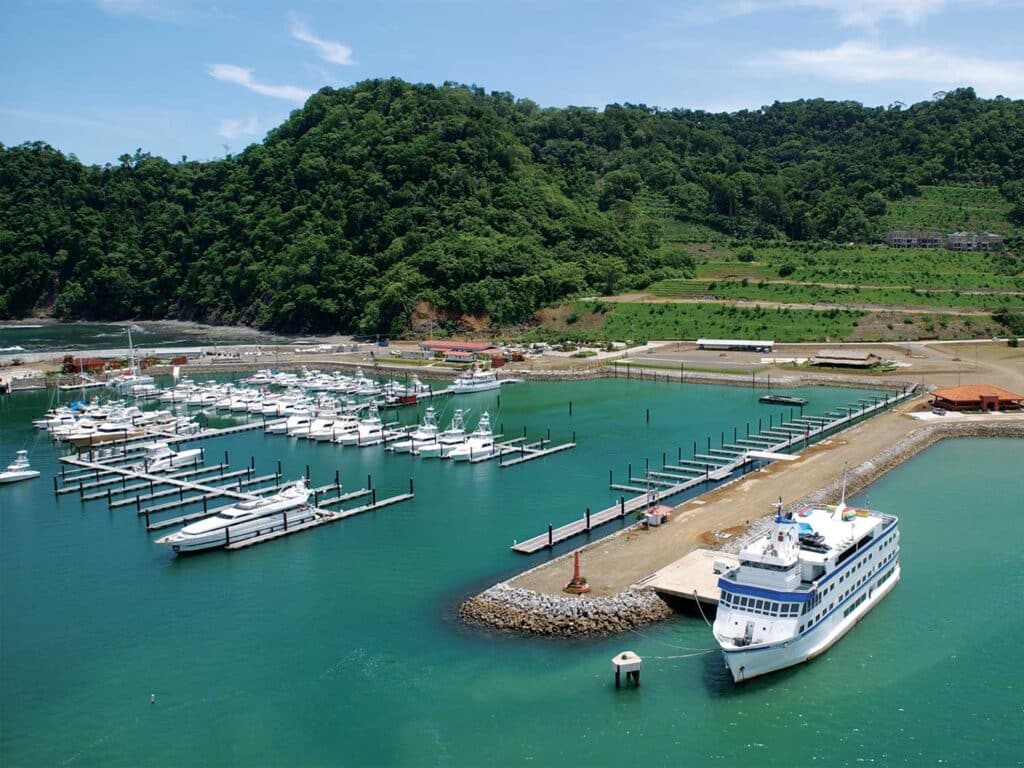
While they enjoyed the superb fishing throughout the summer, the team was still planning to depart in the fall for Mexico. Then the terrorist attacks of September 11 occurred, and the script flipped—Stephanie Lee would stay in Costa Rica for the foreseeable future. “We didn’t see the boss for a long time,” Carrizosa says. “He gave us the green light to run the boat and fish, so we started progressing from only bait-and-switch to teaser-fishing with hook baits. Mitch Pierson on NuCo2 got there around the same time we did; he was just crushing the sails dredge-fishing, so we started doing that.” By 2003, Lynskey had moved on to another operation, and Carrizosa was now at the helm full time.
Two years later, Royster developed the concept for a tournament series after hearing a bunch of captains and owners describing the incredible run of fishing they’d had that season out of Los Sueños. Not only would a high-profile tournament series showcase the crazy-good fishing, but also attracting a bunch of potential new property owners wasn’t a bad side effect either. The first Los Sueños Signature Series took place in 2004; by 2007, more than 50 boats were participating—the word had indeed spread. That year, there were more than 1,100 billfish released, and Stephanie Lee not only won the first leg, but they were also named the Series Champion Team. It was Carrizosa’s first big win as captain.
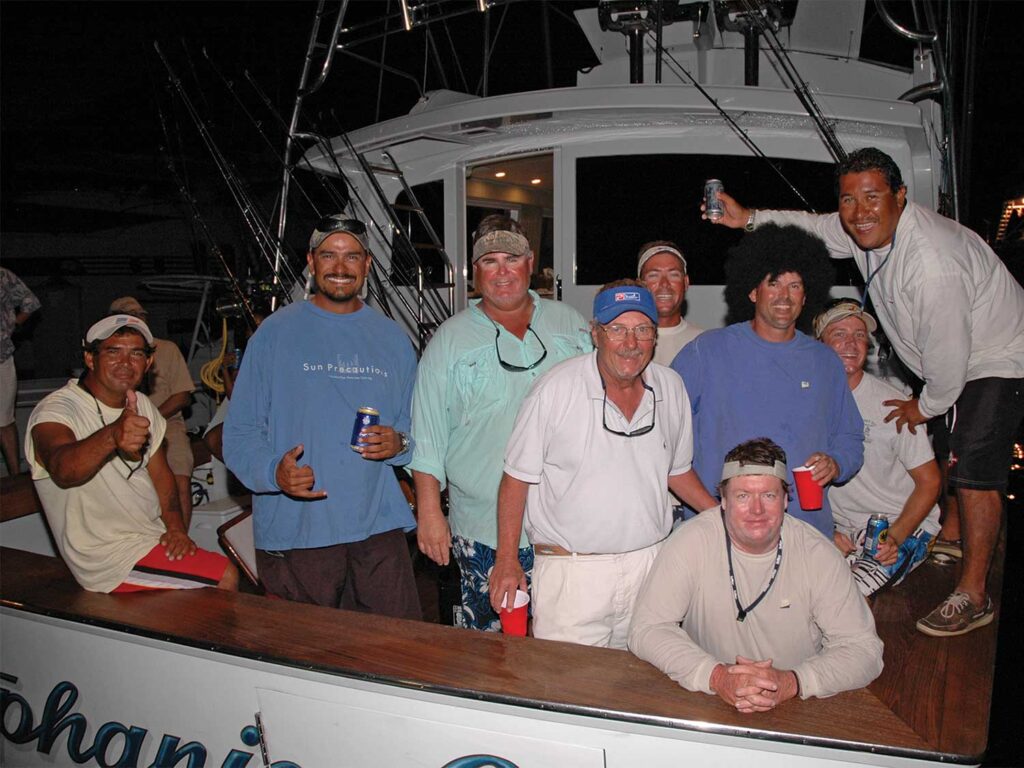
Over the years, the fishing also progressed as more boats and more experienced captains arrived in the Pacific. “In the early days, we fished a lot up off Carrillo,” Carrizosa says. “Bubba Carter was up there and catching lots of blue marlin, so we’d make the run to the west past Cabo Blanco all the time. We were used to fishing structure in places like Venezuela and St. Thomas. Most of the Los Sueños boats were fishing at the Corner, and they’d get 20 or 30 sail bites. I don’t know who it was, but eventually, we started finding the bird piles and bigger numbers of sailfish 30 and 40 miles offshore. We never had to fish past the Corner in the early years, but there were so many good captains back in those days—guys like Bubba, Dave Noling, Randy Jendersee—it was crazy. They figured out that if the bait was there, the fish would be there too, and the whole thing just exploded. It was a learning experience for a lot of people.” Bigger, faster boats also helped fuel the fire, as well as some emerging technology: gyrostabilized binoculars and sonar.
Costa Rica Meets California
Carrizosa had the opportunity to fish in a tournament in Cabo San Lucas in 2008. The first day was flat-calm and, using their dredge-fishing tactics, his team caught a pile of striped marlin. But the conditions changed the next day when the wind picked up and the fish began tailing. That’s when the Southern California skippers went to work with their gyro binoculars and regained the advantage. Sonar was also becoming a popular tool, although omnidirectional gear was not yet available. “Steve Lassley and I talked for a while at some point,” Carrizosa says. “He said, ‘I’ll show you how to sonar-fish if you’ll teach me how to baitfish.’ We’ve become good friends ever since, and I’m thankful to have had the opportunity to learn sonar from one of the best guys in the world.” Several years later, after learning a few techniques and wielding a new pair of gyros, Carrizosa located the birds and the bite, and led the Game On team to victory in the second leg in 2011. For the past few seasons, Lassley has been the dedicated sonar operator for the Team Galati tournament operation, and it’s paid off handsomely with an impressive string of wins, including back-to-back overall series championships in 2020 and 2021.
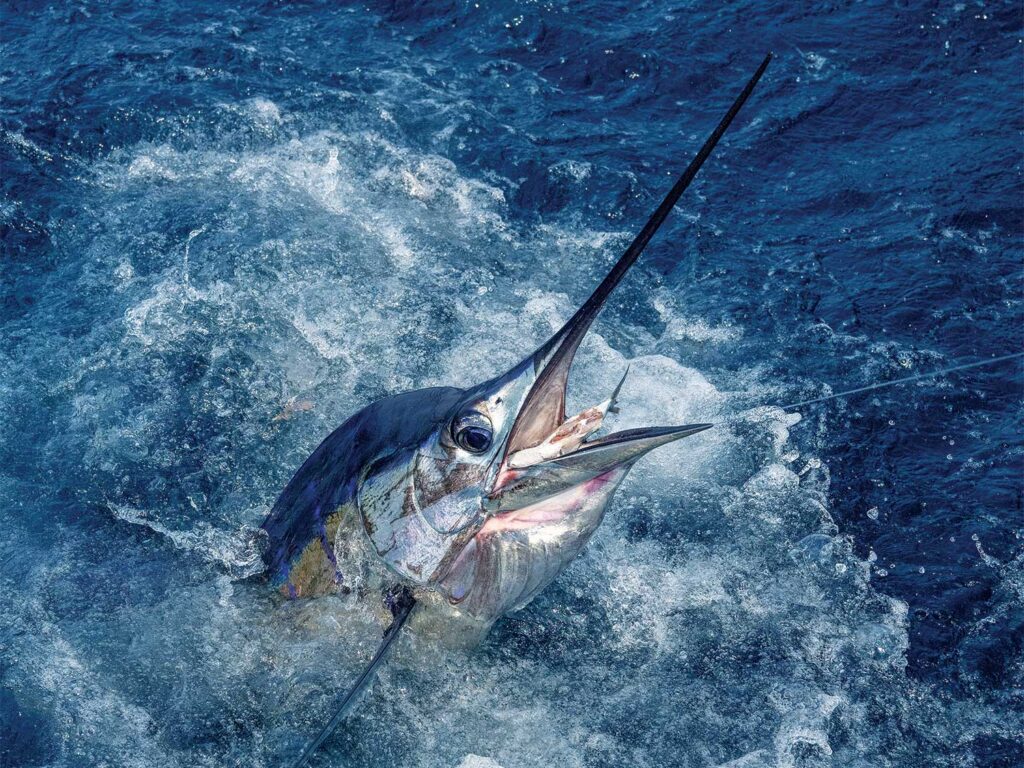
Another key area for the success of any team is having quality anglers in the cockpit. Just as with a NASCAR team, Carrizosa points out that you can have the fastest car with all the best equipment, but without a good driver and crew, you’re not winning anything. “The tournaments have become a lot more competitive since the early years,” he says. “It was more of a social thing back then, but today, more teams are putting forth some serious anglers—just look at the Duffie family [of Duffie Boatworks] or the Angels [on Sea Angel] or the others who have fished together for a long time. That consistency pays off in the long run.” And while his current team is stacked with talent, one whom he was able to help improve his skills was Carmine Galati of Galati Yacht Sales. “When we started fishing together, Carmine was a 50 percent guy,” Carrizosa says. “He came up on the bridge one day and asked me how he could improve, so I said, ‘Forget everything you know about fishing, and do it my way.’ We changed how he dropped back to a fish and how he locked up on the bite, and after a while, he became a terrific angler. As a team, we’re generally at 80 percent, and that includes fish that are chafed off on a double or triple or lost for other reasons, not just missed bites. They don’t miss too many.”
Having confidence in your anglers also plays into a captain’s decision-making. “There was one year where we knew there was a good bite down off Quepos,” Carrizosa recalls. “On Day Two of the tournament, everyone in the fleet turned left around the island out in front of Los Sueños and headed that way. Fishing in a fleet doesn’t bother me, but I knew that the conditions would be crowded, and the sonar doesn’t work well when there’s a bunch of white water. I figured we could fish to the west and probably not get as many bites, but we’d have the spot to ourselves and have clean water conditions, and I had confidence that my guys could make the most out of fewer bites. We ended up winning the daily and winning that leg.”
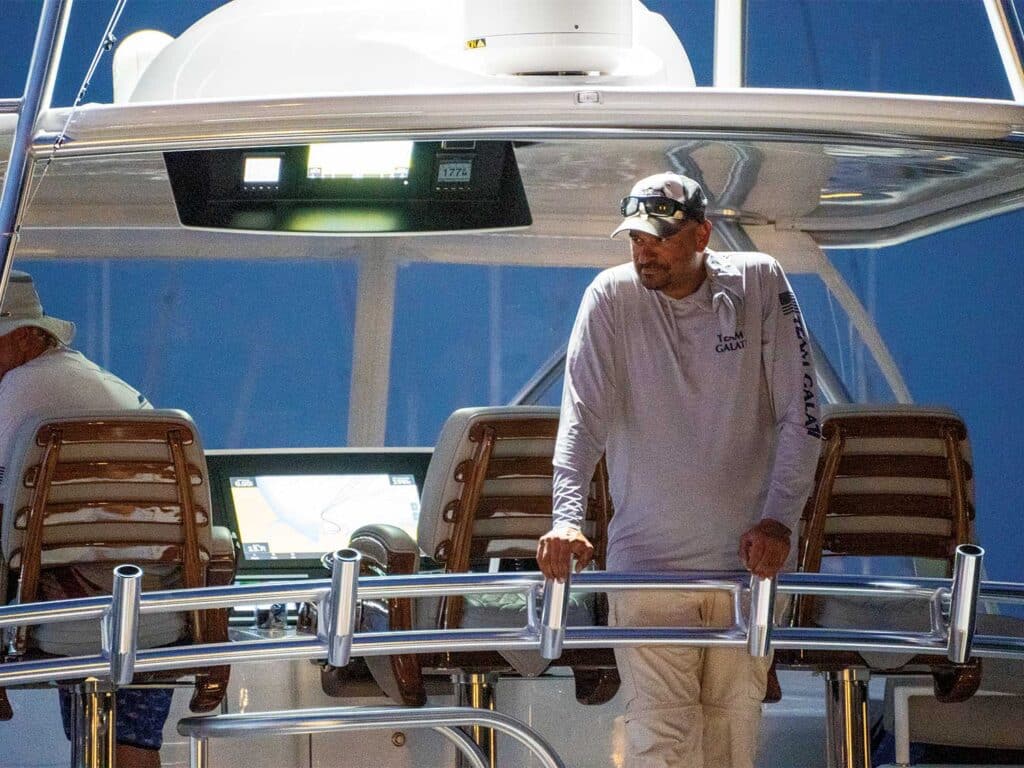
Having been on the water for countless days has also allowed Carrizosa to personally witness the cyclical nature of the fishery off the central Pacific coast of Costa Rica. He’s found that the numbers of sailfish and marlin vary greatly depending on whether El Niño or La Niña conditions are prevailing, as well as the ocean’s ever-shifting currents. For example, during the 2015 season of tournaments, a total of 116 boats fished in three events where they released an incredible 5,732 billfish. That year, there was a strong offshore current eddy throughout the entire region for more than six weeks, pushing a constant influx of new fish into the area, along with more bait than anyone can remember seeing. The numbers fluctuate with each passing season and will continue to do so, just as they always have for decades.
Read Next: Get to know Galati Yachts founder Carmine Galati.
Opportunity and Preparation Yield Success
While running the Team Galati tournament operation, Carrizosa also took the opportunity to move from the helm to a new challenge: professional broker. “Carmine really helped me through that process to become a licensed broker, and we both saw the opportunities that existed in Costa Rica,” Carrizosa says. “I haven’t had a full-time captain’s job in 10 years. This has given me the freedom to still fish competitively in the tournaments and put the sales on the back burner for a few days each year. We all understand that if you’re trying to fish hard and be competitive while you’re also checking your emails and trying to get a deposit from a prospective client, you can’t do either one very well. I give a lot of credit to the other guys on the team, like Arturo Moreno, Fernando Peralta and Johnny LaGrone, who help get the boat ready and take care of everything all through the year. They allow me to just jump on board and get things done when it’s tournament time.”
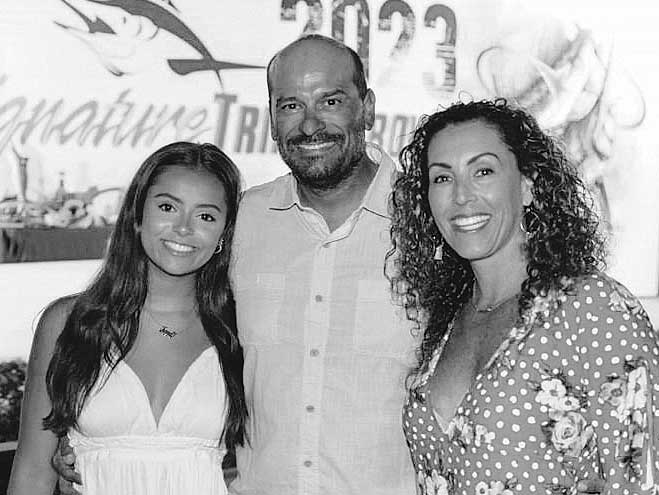
Speaking of boats, don’t think that success is based on having a lucky rig in the mix. Team Galati has a new Viking built and rigged each year prior to the start of the season—it’s actually more difficult to be consistently successful while fishing a new boat every year. “Viking does a great job providing us with the tools we need to fish competitively at such a high level,” Carrizosa says.
And while he admits that being a professional captain is a younger man’s job, he’s not ready to pump the brakes just yet. “As I get closer to turning 50, I realize that my body is a lot different than it was at 24 running Stephanie Lee,” he says. “My brain is still just as competitive, but I just don’t want to do it full time. These days, I want to spend time at my property in Pennsylvania in the woods deer hunting, or with my fiancée and my daughter, who just enrolled this year as a freshman at the University of Colorado.
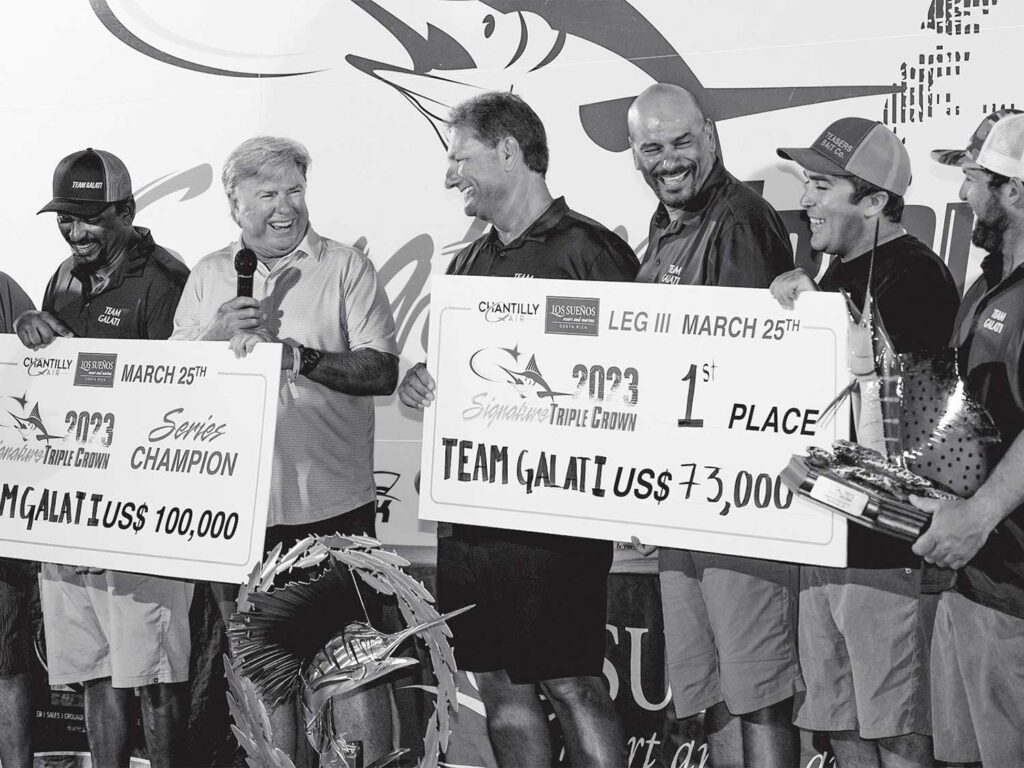
When someone else comes along who can do it as well or better than I can, I’ll be happy to turn it over to them and be the sonar guy or an angler. But for now, I’m just fortunate to get to do what I love, and to do it with people who I consider to be my family.”





